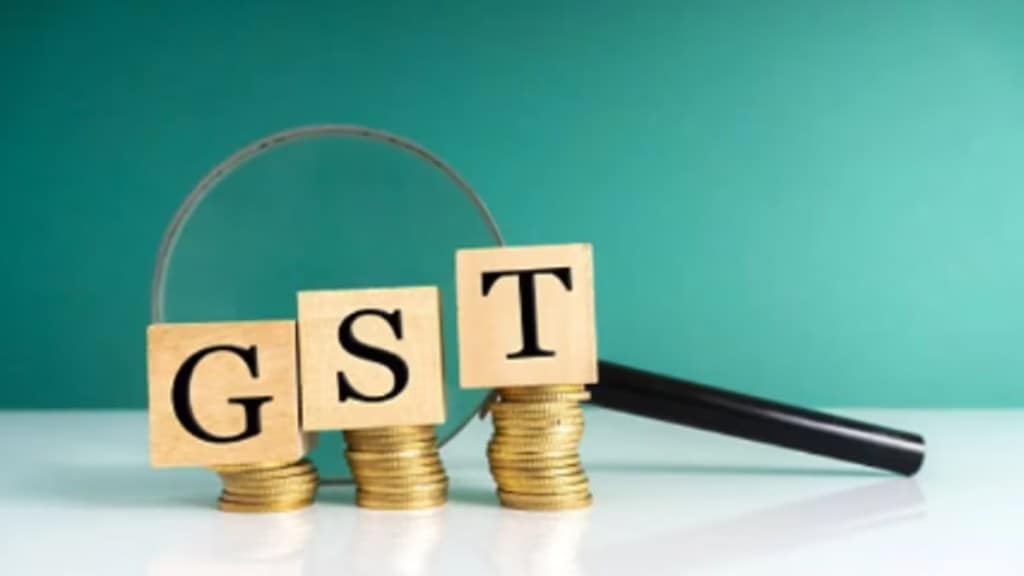By Rahul Renavikar
The goods and services tax (GST) 2.0 roll-out is scheduled for September 22. One of the most contentious issues has been the proposal to discontinue the compensation cess, especially for the automobile sector. Before we dwell into the issue, let us step back as to how this compensation cess was arrived upon.
Dealer challenges and revenue implications
During the initial days of discussion in the GST Council, owing to larger public spends by the states and municipal corporations, the states were demanding a larger share in the GST proceeds. This was finally settled with equal distribution among the Centre and the states. Then finance minister Arun Jaitley proposed to compensate the states for the revenue losses for the first five years post-implementation, assuming the revenue growth rate to be 14%. This rate was fixed irrespective of the performance of the economy and hence was regressive in nature, ab initio. None of the states’ tax revenue was growing at that rate and hence, none of them objected to this arrangement, abandoning their demand for a higher share in the GST revenue. The compensation cess thus turned out to be an olive branch for the states to come on board to implement the GST. The initial period for levying the compensation cess was five years, or till 2022. It was exclusively levied to generate funds for compensating the states. However, as a result of the Covid-19 pandemic, state finances took a big hit and loans were arranged to make up for the lost revenue. As a special case, the levy of compensation cess was extended by three years, till 2025, to help the states repay loans.
In hindsight, had the GST Council agreed to share the GST revenue in a ratio of, say, 60:40 in favour of the states, the issue of compensation cess wouldn’t have arisen at all. States would have got a steady source of higher income that they deserved. With GST being a destination-based consumption tax, and no independent source of income for the goods and services consumed available for the municipal corporations (with the abolition of octroi/local body tax), a larger share for states in the GST revenue ought to have been the design in the first place. Also, it was well-known that this cess was temporary. It could have been levied at the last point of sale, that is when the vehicles are sold to the final customers by the dealerships. That way, there would have been no accumulation of compensation cess credit, as is the case today. Levying it at every stage of value addition by following the value added tax principles was the natural way of dealing with it then. However, the inconvenience it has caused has clearly outweighed the benefits. This and many such decisions taken earlier made Indian GST flawed.
Proposed solution for a win-win outcome
Be that as it may, the compensation cess was levied on certain goods (thankfully, services were left out!) which were termed sin or demerit goods, and also including luxury goods such as large cars and sports utility vehicles. One man’s necessity could be other man’s luxury and vice-versa. According to estimates, around six lakh vehicles which have been subjected to the levy of compensation cess are in dealers’ stocks. These involve the compensation cess already paid and lying on the dealers’ credit, to the tune of Rs 2,500 crore. Assuming an average of Rs 15,000 as dealer commission on the vehicles in stock, the potential revenue for the dealers works out to Rs 900 crore. How could they incur the expense of Rs 2,500 crore on a commission of Rs 900 crore? Also, the GST rate has been increased from 28% to 40% on such vehicles starting September 22. Hence, the differential GST of 12% needs to be paid on every vehicle sold on or after this date. If the credit balance in the compensation cess ledger is not available for the dealers to adjust this incremental GST levy, then it will be a double whammy for them—they will have to arrange for GST payment in their electronic cash ledger maintained by the GST Network to comply with the provisions. GST 2.0 might turn out to be a nightmare for the auto industry rather than being a bonanza.
On the face of it, the compensation cess does appear to be different from the GST. However, it follows the same principles and is levied on the same taxable value. It had been separately carved out for a purpose, which it has served. Clearly, the compensation cess on the vehicles in stock needs to be subsumed into the integrated GST, or into the central GST if the refund route is unviable for the government. This will provide much-required relief and will turn out to be a win-win situation for the auto industry and the government. This will also lead to an amicable settlement.
The writer is managing director, Acuris Advisors Pvt. Ltd.
Disclaimer: Views expressed are personal and do not reflect the official position or policy of FinancialExpress.com. Reproducing this content without permission is prohibited.
